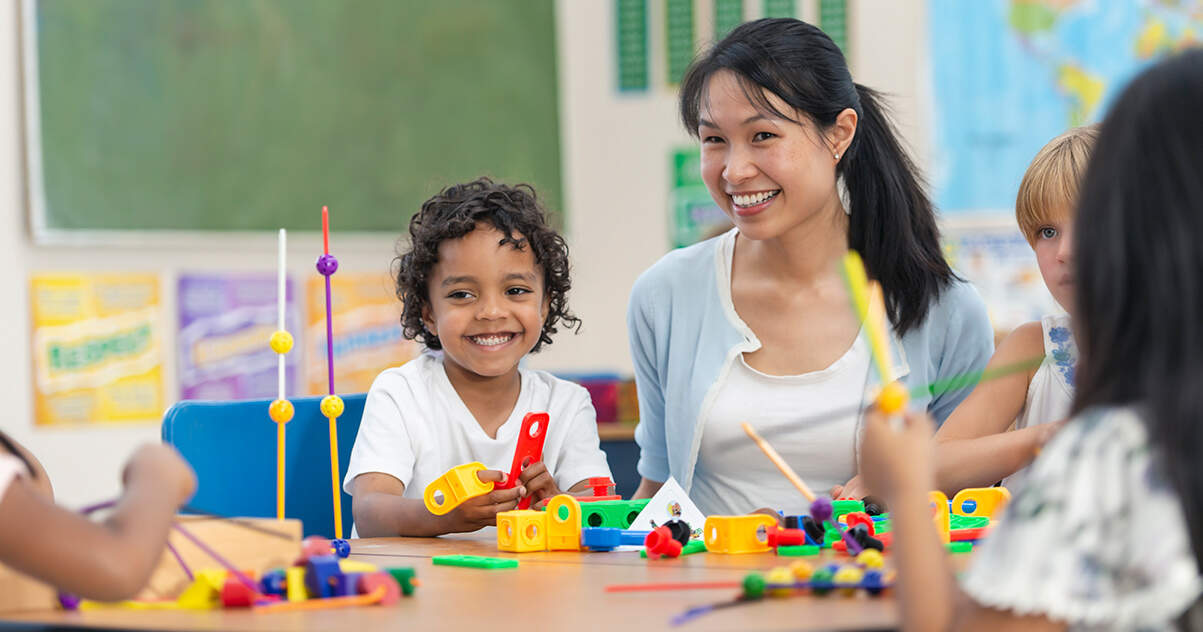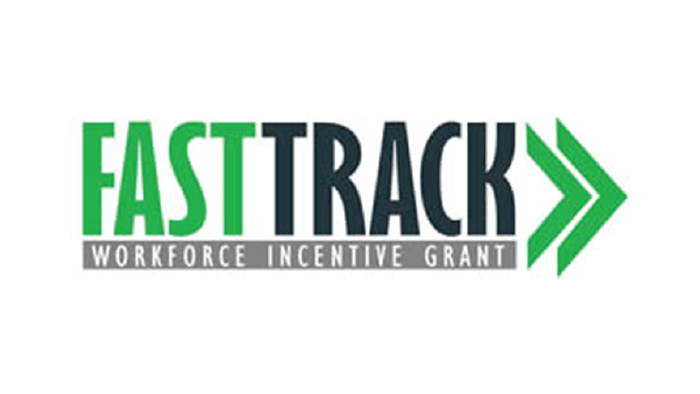
U.S. News & World Report's list 2022 of America's Best Schools includes many innovative schools that might not have been widely covered. These criteria were used to determine America's Top High Schools. In this article, we will explore the factors considered by U.S. News & World Report in evaluating high schools.
U.S. News & World Report's 2022 List of America's Best High Schools
U.S. News says that only about half of American public high schools make it to the top 50. The 2019-2020 cohorts are used by the organization to calculate its rankings. The data also includes college ready.
The top schools on the list vary by location, but there are several in Alabama. The Loveless Academic Magnet Program was ranked first in Montgomery, followed by Mountain Brook High School or Huntsville's New Century Tech High School. Although many schools waived state testing for the 2019-20 academic year, student test scores were used to rank the schools. Schools with strong science programs could be at the top of this ranking, as science tests are now included.

Ranking factors
Newsweek convened a panel consisting of educational experts including Wendy Kopp (Teach for America), Tom Vander Ark (Open Education Solutions) and Linda Darling Hammond (Stanford University). The panel then created a set criteria to determine a school's success. They rely on a number of factors that each receive a specific weight in the overall results.
These factors are determined by taking state assessments. The results can also be used to predict future performance for a school's student. Several factors were considered in the process, including the college readiness of students, participation in AP and IB tests, and the school's community environment.
Recipients of gold, silver and bronze medals
U.S. News and World Report's annual list of top high schools in the country has been released. This year, Arizona and Texas dominate the rankings with eight out of the top ten spots. Maryland was the shining star of the list, with more that one-third its high schools winning bronze, silver and gold medals. California and Florida followed.
DDHS was praised by the academic excellence it displayed in English, science, and math. Data from almost 22,000 public high schools across all 50 states and District of Columbia was evaluated for the program. A school receives a medal of gold if it ranks among the top five per cent nationally. Schools ranked between No. Schools that were ranked between No.501 and 2,008 within their state received a silver medal. A bronze medal is given to schools that receive two or more awards.

Performance of students who are not served
The U.S. News and World Report ranking of Utah high schools shows that they rank highly in the category for students with low incomes. This category ranks schools by the performance and ethnicity of students from low income, minority, and Black families. Rankings are calculated based on the school's scores in six quality indicators. One factor is college preparedness, which is the percentage of 12th graders passing the AP and IB exams. The third factor is graduation rates and performance among underserved students.
The rankings are based upon state assessments and college readiness. They also take into account underserved students' performance. Nearly half the schools receiving a national ranking were assessed by the publication.
FAQ
How long should I study each semester?
The amount of time that you spend studying depends on several factors.
Some schools may also require that you take certain classes every year. This means that you won't always be able take the same courses every semester. Your advisor can advise you on the courses that you must take each semester.
What are the main types of early education?
There are many ways to describe early childhood education. Some of the most popular ones are:
-
Preschool - Children ages 2 to 5
-
PreKindergarten: Children 4-6 years old
-
Head Start/ Headstart - Children ages 0 to 3
-
Day Care/ Daycares for children 0-5
-
Child Care Centers: Children from 0-18
-
Family Child Care - Children from 0-12 Years of Age
-
Homeschooling for children ages KG-16
How much does homeschooling cost?
There are no set fees for homeschooling. Some families charge between $0-$20 per lesson. Other families offer free services.
It takes effort and dedication to homeschooling. Parents should have enough time for their children.
They need to have access books, supplies, or other learning materials. Many homeschoolers have to make use of community programs and events in order to enhance their curriculum.
Parents should consider the cost of transportation, tutors, extracurricular activities, and other expenses.
Homeschoolers also need to plan for field trips, vacations and special occasions.
What is the difference between a college and a university
A university is an institution that offers higher education. It offers undergraduate and postgraduate courses in various fields.
A college is typically smaller and less well-known than a university. While it may offer fewer programs, many colleges have their own specialist departments.
Statistics
- They are also 25% more likely to graduate from high school and have higher math and reading scores, with fewer behavioral problems,” according to research at the University of Tennessee. (habitatbroward.org)
- “Children of homeowners are 116% more likely to graduate from college than children of renters of the same age, race, and income. (habitatbroward.org)
- They are more likely to graduate high school (25%) and finish college (116%). (habitatbroward.org)
- Data from the Department of Education reveal that, among 2008 college graduates, 92.8 percent of humanities majors have voted at least once since finishing school. (bostonreview.net)
- Globally, in 2008, around 89% of children aged six to twelve were enrolled in primary education, and this proportion was rising. (en.wikipedia.org)
External Links
How To
How do I enroll in homeschooling?
Homeschooling is a method of teaching children subjects at home. This includes reading books and watching videos, performing exercises, listening to music, and learning through various methods. This method of learning is thought to be one of the best because it allows students to learn at their own pace and to develop skills such problem-solving skills, creativity, self discipline, communication, as well as social skills.
It is very common nowadays to see people who want to educate their children at home, especially parents who work full-time and do not have enough time to spend with their kids. If this is the case, they have two options: homeschooling or a private school. This allows them to spend their time and energy on education instead of worrying about whether someone will be available to look after their children.
There are many advantages to homeschooling. Some of these benefits include: developing the ability and creativity to think critically and creatively; increasing their knowledge base; improving their language skills; developing their personal identity and becoming independent learners.
The main objective of homeschooling is to provide quality education to children so they can become successful adults. Before homeschooling can begin, however, you must meet certain conditions. It is important to check if your child is eligible to go to public or private schools. Consider what curriculum you will use when you start homeschooling. There are many curricula that you can find online, depending on your budget and expertise. You can choose from Waldorf, Montessori or Waldorf curricula. It is also important to have the resources you will need to teach your child. This includes purchasing books, educational materials, computers and electronic devices. You can buy these items online or purchase them from local stores.
After you have completed the previous steps, it is time to register yourself as an homeschooling parent. Contact your state department for education to get help. They will assist you with filling out forms and provide guidance on how to get started homeschooling.